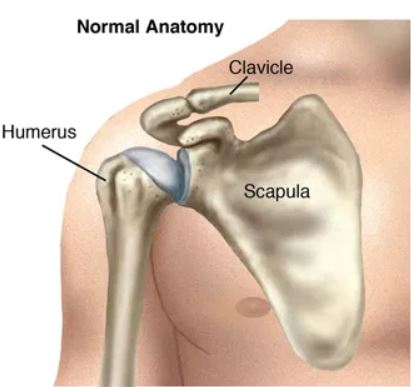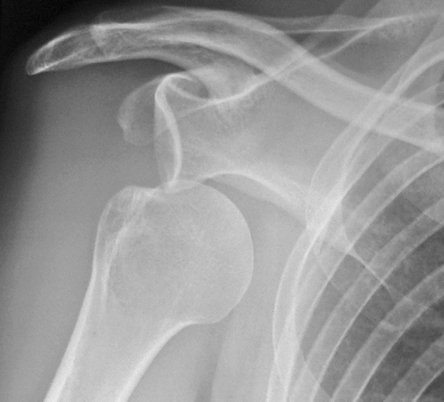Shoulder Dislocation
What is a Shoulder Dislocation?
The shoulder is a ball and socket type of joint. Sometimes the ball can leave the socket. This is called a dislocation (see pictures).
What causes a Shoulder Dislocation?
The first time a shoulder dislocates is usually because of an injury either from an accident or sports. It is usually painful and people tend to remember it. The second, third, fourth and etc. dislocations of the same shoulder can happen without an accident or trauma or injury. It can happen simply by moving the shoulder in the wrong way. It can even happen while sleeping.
What are the symptoms of a Shoulder Dislocation?
When a shoulder dislocates for the first time, it is usually very painful. If the shoulder does not go back into place on its own, the arm will usually be stuck down by the person’s side and the person will not be able to use it. If the shoulder does go back into place on its own then the person will have decreased pain and usually they can use it right away.
How can you tell if you have a Shoulder Dislocation?
A doctor can usually tell if a shoulder is dislocated by a physical exam and X-rays. An MRI is usually needed to check for damage to the shoulder because of the dislocation.
How is a Shoulder Dislocation treated?
If a person’s dislocates their shoulder then it must be put back in place. This can be done by the person themselves or by a doctor. After this, the arm is usually placed into a sling.
The first line of treatment for shoulder dislocation is usually therapy to strengthen the muscles of the rotator cuff and to regain any lost range-of-motion. Avoiding certain activities may be needed in some people. In certain contact athletes, a motion restricting brace may be useful.
When a person dislocates their shoulder more than once, the chances of them dislocating again in the future is very high. This is because there is usually a tear in the labrum of the shoulder (Bankart tear). An MRI will often show this tear.
When a tear is found in a person who continues to dislocate their shoulder, surgery to fix the labral tear is often helpful. The surgery can be performed arthroscopic or through an open incision. There are advantages to both.
Arthroscopic repair has the advantage of being less painful in the beginning, but the chances of the shoulder dislocating again are more than open surgery.
Open surgery has the advantage of having a higher success rate, but is more painful immediately after surgery.
Both surgeries have the same recovery time and use the same therapy program.



